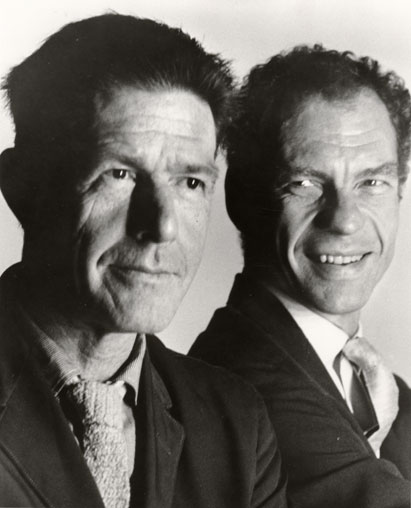
by Victoria Lucas
A Busy Time
These reviews are very late what with all this moving, looking for a place to buy/live, and working as temps when my husband Mel and I can in Humboldt County, California (with nearly weekly trips to the San Francisco Bay Area). Still, maybe you won't have attended/heard about the reviewed subjects, so perhaps they will still give you some information you didn't have before.
I think I'll start with the concert, since if you hang this up I'd rather you do it when I'm nearly done–and the second review is of a book that is controversial to say the least.
Electronic Music!
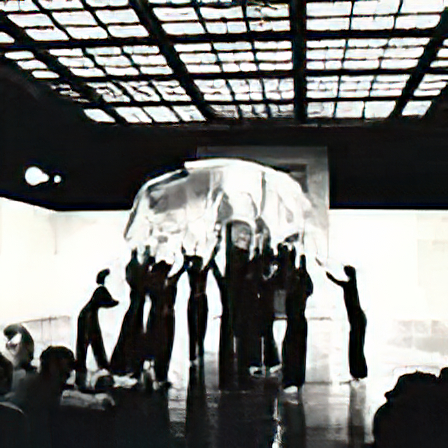
Another use of the Art Gallery space
First, John Cage was not present at the concert of his work "Variations VI" given at Mills College (Oakland, California) on January 16. It was unusual in so many aspects I hardly know where to start. I guess the physical space is as good a place as any. As you may or may not know, Mills has a perfectly good auditorium that they regularly use for music. This wasn't held there. It was in an art gallery that had absolutely nothing in the space except: (1) some pillows, (2) synthesizers and other electronic gadgets, (3) long tables in a square to define a central performance space, and (3) what seemed like hundreds of patch cords draped over rolling clothing racks.

This is why the racks of patch cords–the Buchla 100 Series
Walking into this space was like visiting an alien landscape. It was like no concert I've ever seen before or since. Although Cage was not there, his collaborator David Tudor was, along with other electronicists. People (audience) were lining up along the walls around the performance space, some sitting on the floor. The pillows were taken. The floor was too hard to spend the entire concert sitting on it, so Mel and I wound up walking around as the musicians performed.
Pioneers of a New Musical Frontier
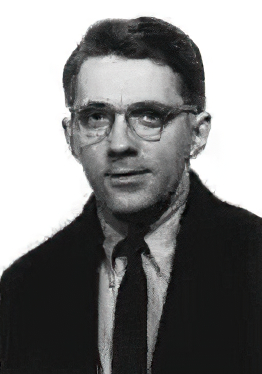
David Tudor, electronicist
Sometimes many performers were playing, sometimes a few. Knowing Cage's compositions, we could have predicted that there would be many silences. Sometimes there would be only one sound from one synthesizer or other electronic or electrical device, surrounded by silence.
I would not have known the Buchla 100 ("Music Box" above) had I not seen it before. I don't remember exactly when, but it must have been in 1965 I was hanging out at intermission in the tiny lobby of the San Francisco Tape Music Center on Divisidero and noticed that composer Morton Subotnik was standing near a small table they used for taking cash and dispensing tickets, then empty. A man I had never seen before came in with something under his arm that he deposited on the table. It looked like one of the two modules shown above, like a tiny telephone switchboard but with something like a keyboard showing.
I remember that I was close enough to hear the man carrying it (turned out to be Donald Buchla himself) explain that the metal strips that looked like keys did not depress but responded to a hovering finger. The expression on Subotnik's face was priceless, and I remember that he literally jumped for joy. I later learned that this meeting constituted the delivery of a piece of equipment commissioned by Subotnik and Ramon Sender of the Tape Music Center and paid for ($500) by a Rockefeller Foundation grant.
I know, I'm weird, but I enjoyed the music in the gallery tremendously and hungrily watched the patch cords as they were deployed on different instruments by different performers. Tudor was the only one I could recognize in the mix of (mostly) men dodging back and forth from the hanging cords to the instruments. Here is the list of performers from the front of the program: Tudor, Martin Bartlett, Charles Boone, Anthony Gnazzo, William Maraldo, Edward Nylund, Judy Ohlbaum, Ivan Tcherepnin, and Ron Williams. Unfortunately for those of us who are mad for tape and electronic music, the instruments were not identified.
The Future of Music
I tell you all this, because music is changing. Although I don't expect much change (especially for some years) in traditional orchestras, some part of musical performance won't ever be the same again. The Moog synthesizer and Buchla Box (for instance) on display at this concert are prototypes of instruments of the future. The future ones won't look the same, because these are too hard to play as they are if you aren't an electronics engineer. (Hence the patch cords–on most there are no keys that depress, no place to blow, nothing to bow or pluck.) At least some of the music of the future will be very different, but I'm sure I will still enjoy it. This music in this performance? 10 out of 10!
Book Review of an Illicit Pamphlet
On to the second review, of a book by poet Lenore Kandel that has been out since 1966. It's very hard to obtain, because it keeps getting confiscated by police as obscene. Unlike some religions, our Protestant Christian variety has no place for sacred sexuality (although Kandel read some excerpts from Roman Catholic mystics at her trial).

Lenore Kandel with Her "Book"
Her The Love Book is a small pamphlet of poetry (8 pages of 4 poems) that treats religious sex seriously ("sacred our parts and our persons"), using some ordinary and some made-up words, but also many words and phrases that are believed to be anathema to polite society because they do not disguise the activities they extol.
What can I say about these well crafted turn-ons that I finally managed to find for sale? Only that they harm no one, are meant for adults, and display a reverent, eccentric beauty. Since Kandel's tiny paper booklet started being repeatedly ripped off by the authorities, sales have increased anywhere the book could be found. Kandel's reaction? In thanks to the representatives of authority, she contributes 1% of her proceeds to the Police Retirement Association. As for this book–like the music, once I was able to get hold of it I experienced it as 10 out of 10 for its rare, raw, honest description and exaltation of feelings.
I hope myself to have a book of transcribed interviews on female sexuality coming out, but it might not be for a year or two. Maybe I'll need to get a guest to review it for me.
Toodle-oo till next time,
Vicki

![[June 12, 1968] 2 Late Reviews: John Cage (concert January 16), Lenore Kandel (1966 book)](https://galacticjourney.org/wp-content/uploads/2023/06/800px-Buchla_100_@_NYU_closeup-672x372.jpg)






![[August 28, 1967] NYC–the Days are Vacuum-Packed](https://galacticjourney.org/wp-content/uploads/2022/08/peace-eye-e1661305750272-400x372.jpg)
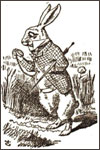

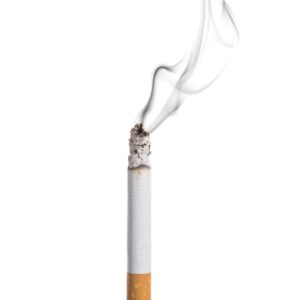

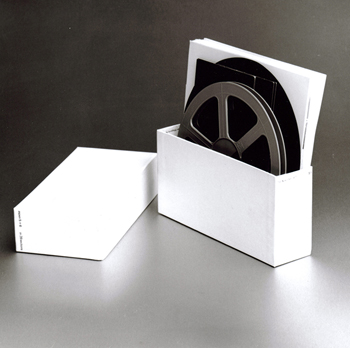
 John Cage
John Cage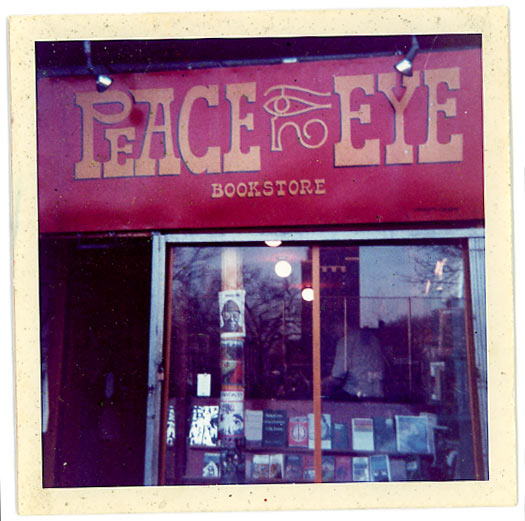 Ed Sanders's Peace Eye Bookstore
Ed Sanders's Peace Eye Bookstore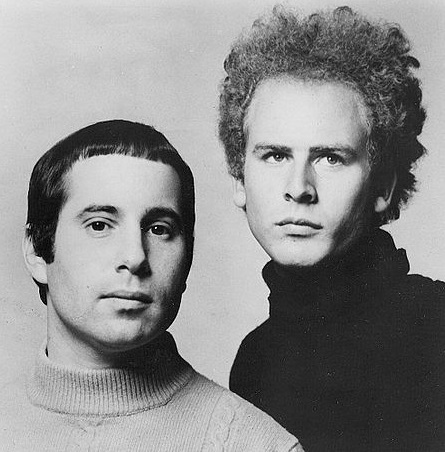 Simon and Garfunkel
Simon and Garfunkel![[March 24, 1967] One Door Closes As Another Opens (Death and Renewal with a VW Bus)](https://galacticjourney.org/wp-content/uploads/2022/03/670324van-672x372.jpg)







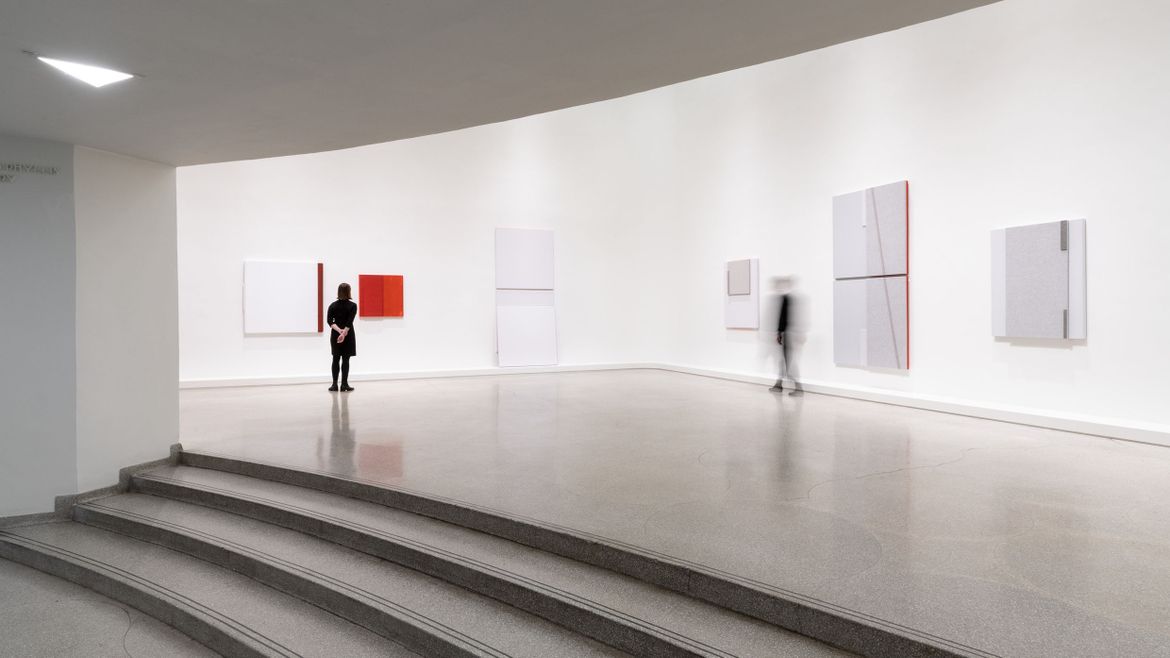
![[August 6, 1966] I Won't Dance, Don't Ask Me (Anna Halprin and the Dancers Workshop)](https://galacticjourney.org/wp-content/uploads/2021/08/halprinself.jpg)
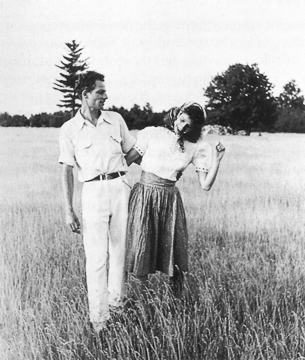
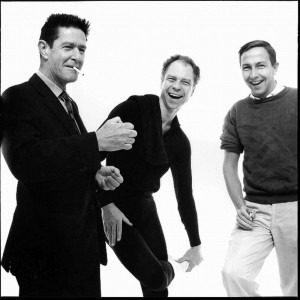
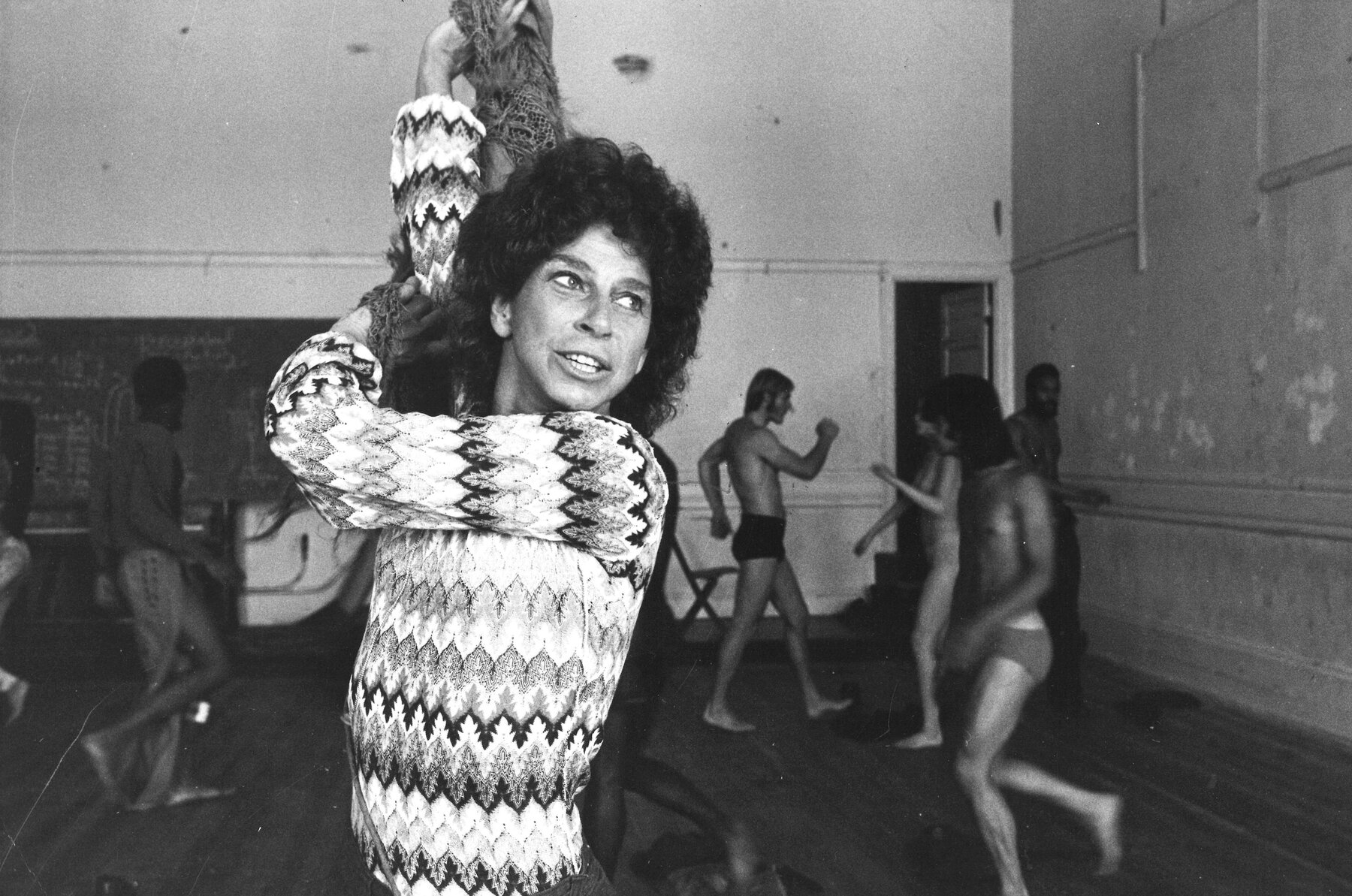
![[July 6, 1966] Baillie's Bailiwick–the Other Castro Street](https://galacticjourney.org/wp-content/uploads/2021/06/brucebaillie-643x372.jpg)
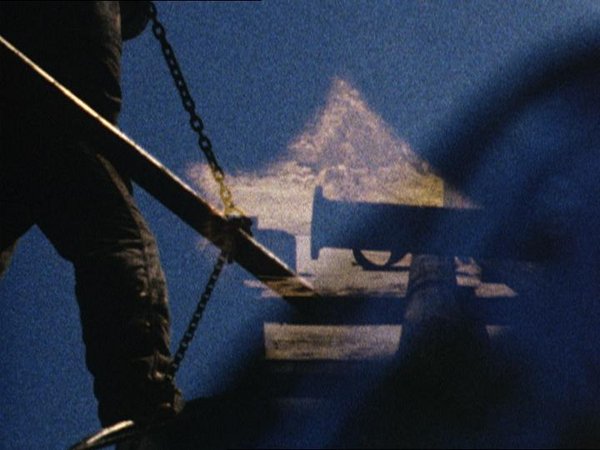
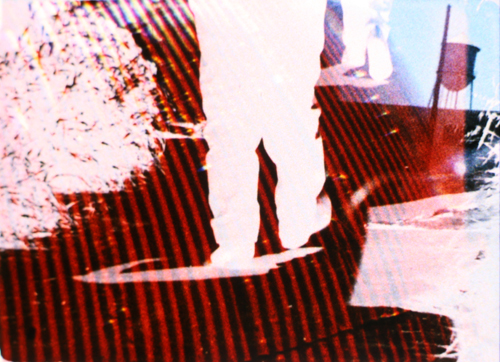
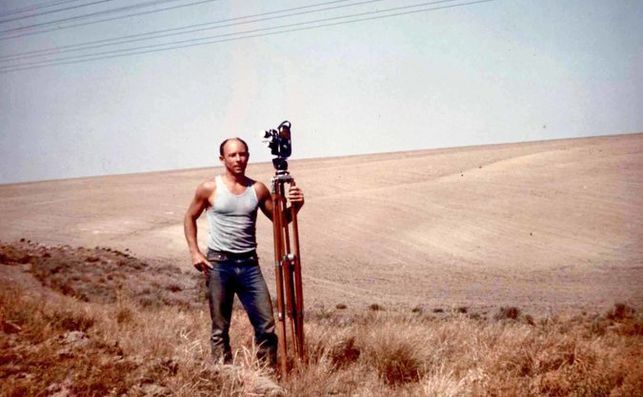
![[June 18, 1966] Avant Radio for "Satisfaction" (Bob Fass on WBAI)](https://galacticjourney.org/wp-content/uploads/2021/05/bob-Fass.jpg)
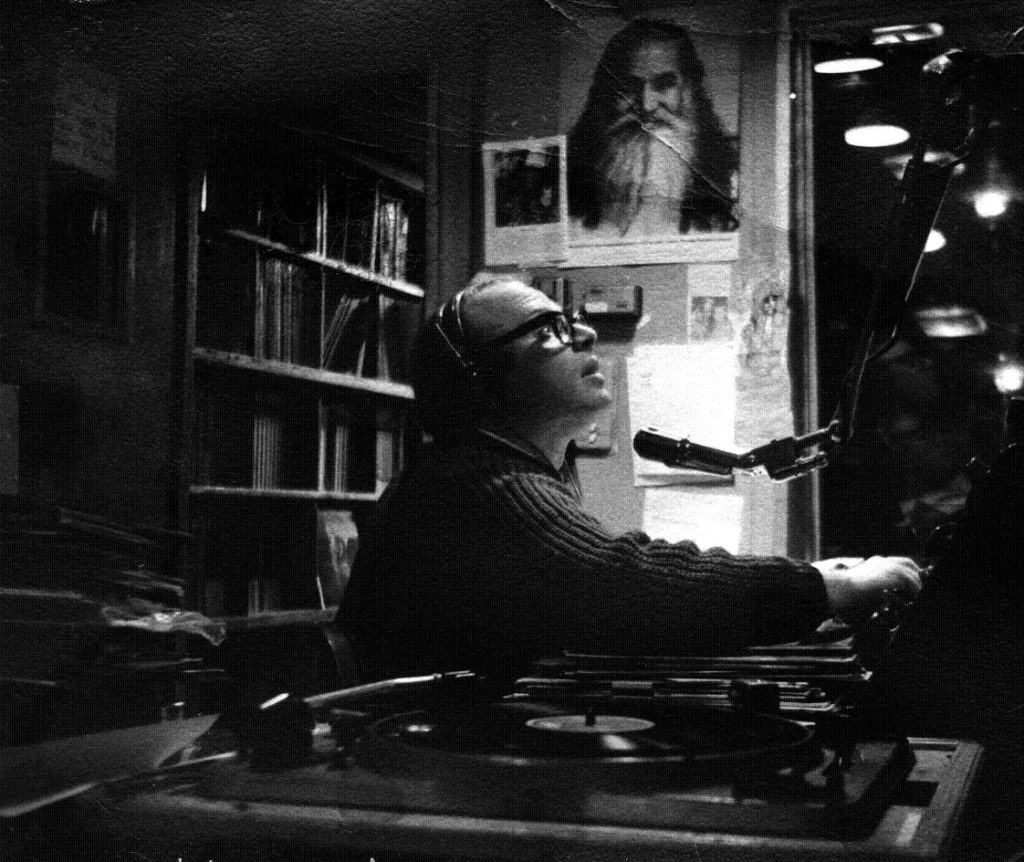
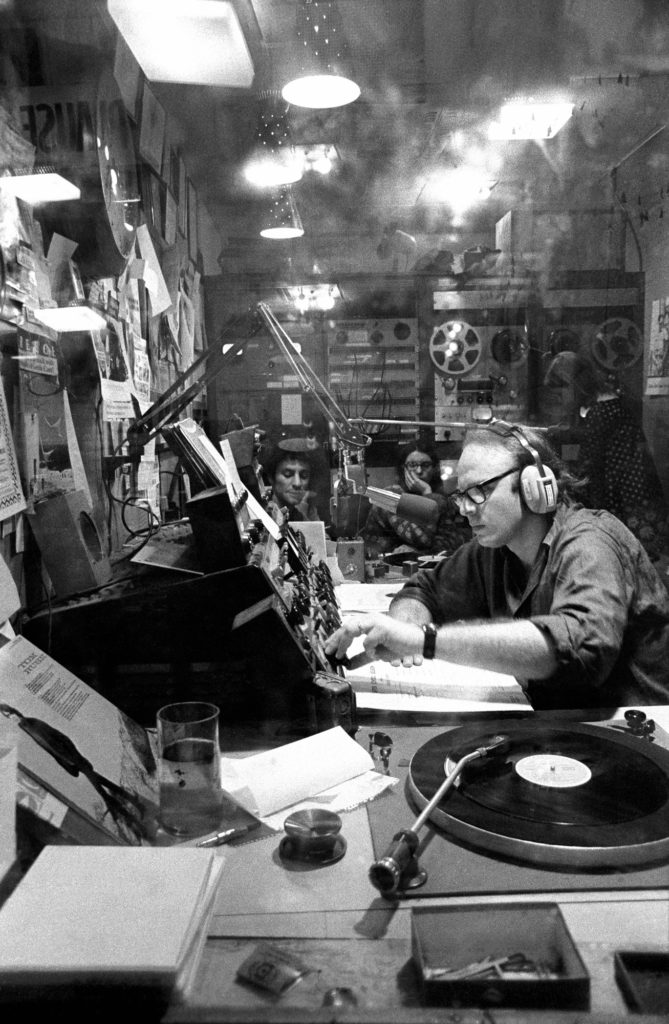
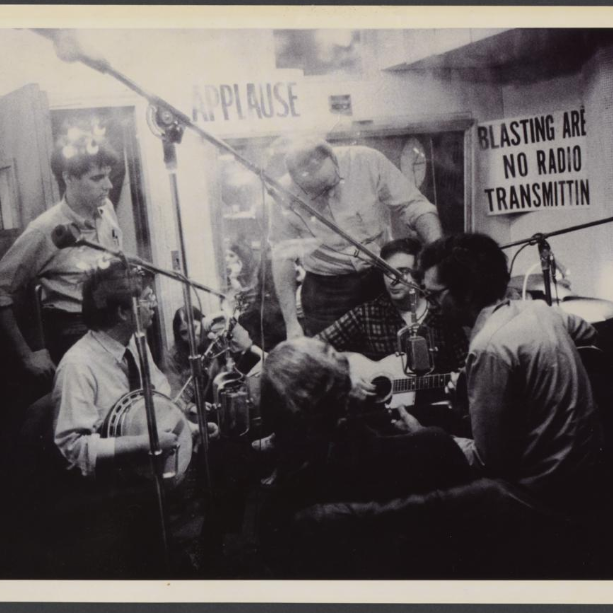

![[December 5, 1963] A Composer After My Own Heart (A theme song for <i>Dr. Who</i>)](https://galacticjourney.org/wp-content/uploads/2018/12/631205delia_derbyshire-672x372.jpg)









![[November 7, 1963] This Performance Not Wholly Silence (John Cage and his art)](https://galacticjourney.org/wp-content/uploads/2018/11/631107cage1947-672x372.jpg)

